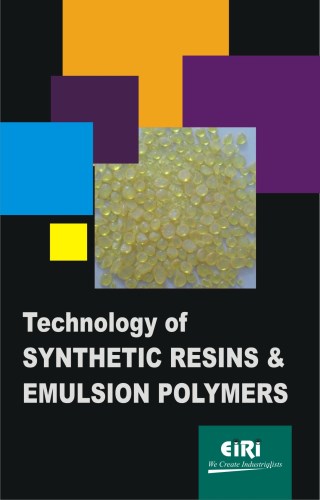

If the heat of reaction is not properly removed by the surrounding fluid, there might be significant and even dangerous temperature rises in the reactor. Indeed, overheating can be a critical issue in the case of exothermic reactions such as most industrial polyolefin resins, for example. Therefore, agitation is facilitated, and simple heat removal technologies are necessary. In addition, since water provides a medium for heat transfer, temperature control is favored during the polymerization process. As viscosity is controlled by the viscosity of the continuous phase (water), it remains low even at high monomer conversions. Since the solvent used in paints has a great impact on people’s health and on the environment, this has been a major advancement on paints technology.īesides environmental and health aspects, another key feature of dispersed-phase polymerization is the relatively low viscosity of the system, even for high solids contents, compared to polymer solutions, which translates into low operational cost requirements. The replacement of solvent-based paints by water-based paints, for example, has been possible thanks to emulsion polymerization. With growing environmental legislations to control the emission of volatile organic compounds, the possibility to produce waterborne latexes is an appealing environmental advantage, as water is inexpensive and nontoxic. Similar to other dispersed-phase polymerization techniques, such as suspension, dispersion or miniemulsion, emulsion polymerization is performed in heterogeneous media and have water as the most common continuous phase.

But, after World War II, the extension of the technique to a wide variety of plastics opened a whole new range of applications to synthetic polymer latexes. Indeed, the development of organometallic catalysts (that allow better control of polymer architecture) detached the manufacture of synthetic rubber from emulsion polymerization. While the early history of emulsion polymerization is strongly connected to the production of synthetic rubber, the modern era of the technique is more diversified. During World War II, shortages in supply of this crucial natural material resulted in an acceleration of the production of synthetic latexes by emulsion polymerization. It was from the observation of natural rubber by industrial chemists, and their wish to duplicate these conditions, that emulsion polymerization was born.

Natural rubber is an aqueous dispersion of polyisoprene particles stabilized by proteinaceous surfactants produced at room temperature by the rubber tree Hevea brasiliensis. Even though the technique is relatively recent, natural latex has already been exploited by different cultures for centuries.


 0 kommentar(er)
0 kommentar(er)
